Quick Airline Information:
✈Airline IATA* code: KL
✈Airline ICAO* code: KLM ✈Founded: 7 October 1919 ✈Website: www.klm.com✈Alliance: Sky Team✈History
✈Operations and Destinations 🌍
✈Fleet ✈️
✈Photo Slide 📷✈Safety Video 🎬
✈Airline reviews ⭐
*IATA: (International Air Transport Association)
*ICAO: (International Civil Aviation Organization)
History Menu:
In 1919, a young aviator lieutenant named Albert Plesman sponsored the ELTA aviation exhibition in Amsterdam. The exhibition was a great success; after it closed several Dutch commercial interests intended to establish a Dutch airline, which Plesman was nominated to head. In September 1919, Queen Wilhelmina awarded the yet-to-be-founded KLM its "Royal" predicate. On 7 October 1919, eight Dutch businessmen, founded KLM as one of the first commercial airline companies. Plesman became its first administrator and director.
The first KLM flight took place on 17 May 1920 from Croydon Airport, London, to Amsterdam. The flight was flown using a leased De Havilland DH-16, which was carrying two British journalists and some newspapers. In April 1921, after a winter hiatus, KLM resumed its services using its own pilots, and Fokker F.II and Fokker F.III aircraft. In 1921, KLM started scheduled services.
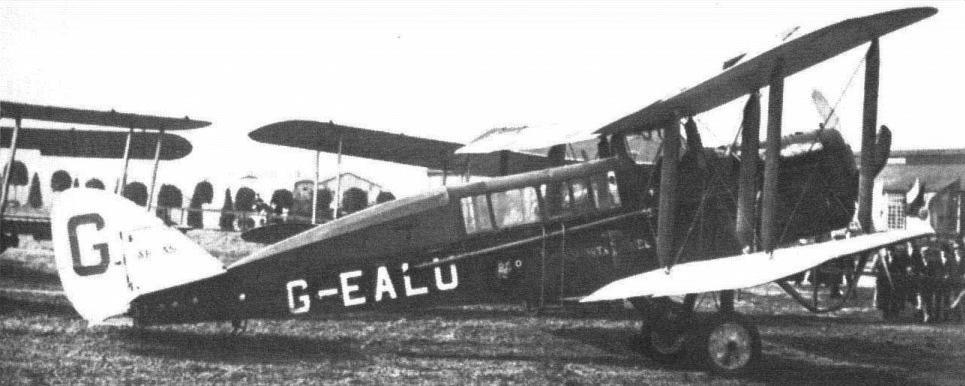
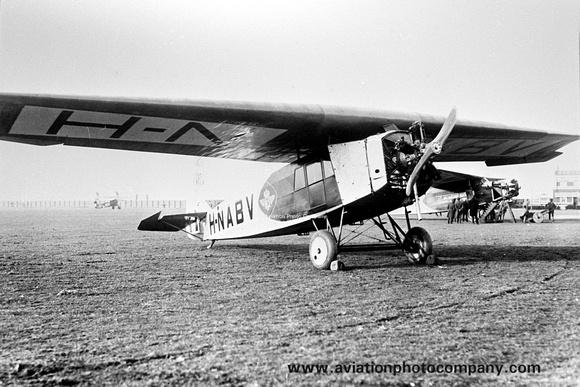
KLM's first intercontinental flight took off on 1 October 1924. The final destination was Jakarta, Java, in the Dutch East Indies; the flight used a Fokker F.VII.7. In September 1929, regular scheduled services between Amsterdam and Jakarta commenced. Until the outbreak of the Second World War in 1939, this was the world's longest-distance scheduled service by airplane. By 1926, it was offering flights to Amsterdam, Rotterdam, Brussels, Paris, London, Bremen, Copenhagen, and Malmö, using primarily Fokker F.II and Fokker F.III aircraft.
The Douglas DC-2 was introduced on the Jakarta service in 1934. The first experimental transatlantic KLM flight was between Amsterdam and Curaçao in December 1934 using the Fokker F.XVIII. The first of the airline's Douglas DC-3 aircraft were delivered in 1936; these replaced the DC-2s on the service via Jakarta to Sydney. KLM was the only civilian airline to receive the Douglas DC-5; the airline used two of them in the West Indies
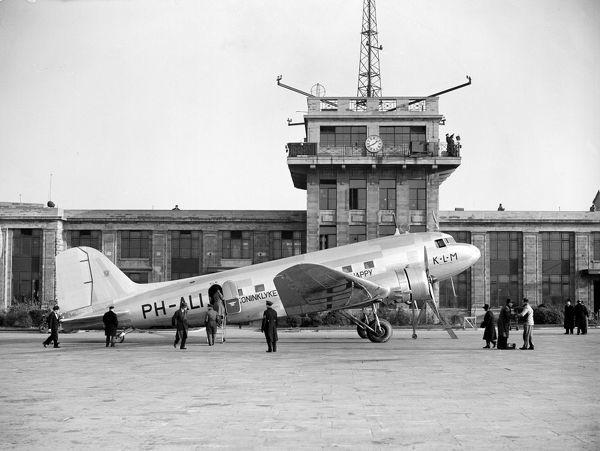
When Germany invaded the Netherlands on 10 May 1940, a number of KLM aircraft, mostly DC-3s and a few DC-2s, were en route to or from the Far East, or were operating services in Europe. Five DC-3s and one DC-2 were taken to England. During the war, these aircraft and crew members flew scheduled passenger flights between Bristol and Lisbon under BOAC registration. After the end of the Second World War in August 1945, KLM immediately started to rebuild its network. Since the Dutch East Indies were in a state of revolt, Plesman's first priority was to re-establish KLM's route to Jakarta. This service was reinstated by the end of 1945. Domestic and European flights resumed in September 1945, initially with a fleet of Douglas DC-3s and Douglas DC-4s.
On 21 May 1946, KLM was the first continental European airline to start scheduled transatlantic flights between Amsterdam and New York City using Douglas DC-4 aircraft. By 1948, KLM had reconstructed its network and services to Africa, North and South America, and the Caribbean resumed.

Long-range, pressurized Lockheed Constellations and Douglas DC-6s joined KLM's fleet in the late 1940s; the Convair 240 short range pressurized twin engined airliner began European flights for the company in late 1948. During the immediate post-war period, the Dutch government expressed interest in gaining a majority stake in KLM, thus nationalizing it. Plesman allowed the Dutch government to acquire a minority stake in the airline. The expansion of the network continued in the 1950s with the addition of several destinations in western North America. KLM's fleet expanded with the addition of new versions of the Lockheed Constellation in 1953.
On 31 December 1953, the founder and president of KLM, Albert Plesman, died at the age of 64. He was succeeded as president by Fons Aler. The Netherlands government increased its ownership of the company to two-thirds, thus nationalizing it. The board of directors remained under the control of private shareholders. In July 1957, the airline introduced its Douglas DC-7C, the last KLM aircraft with piston engines, which opened the transpolar route from Amsterdam via Anchorage to Tokyo on 1 November 1958.
.jpg)
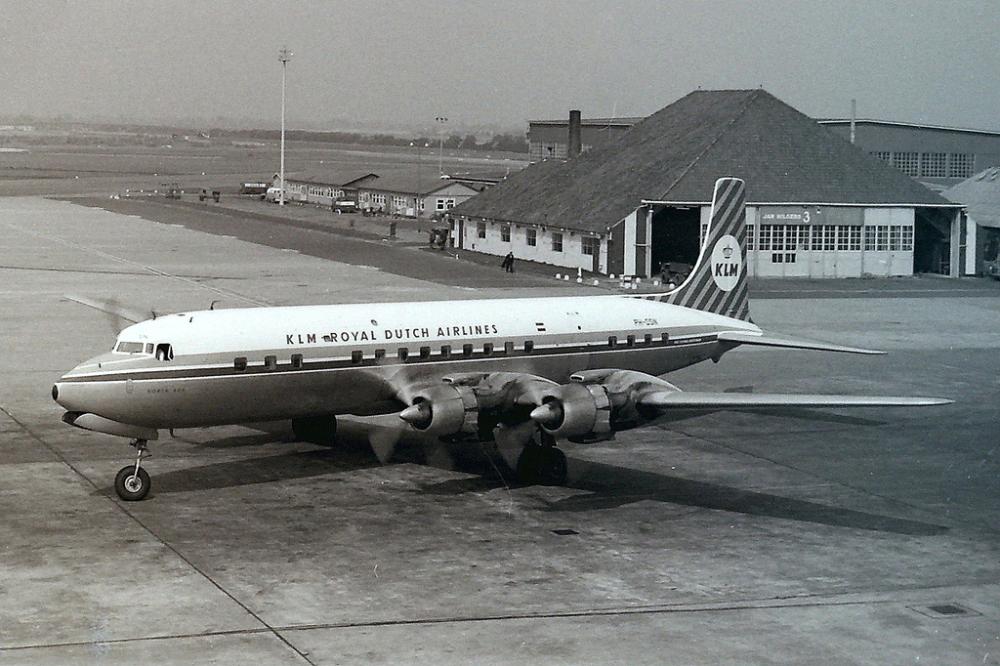
The four-engine turboprop Vickers Viscount 800 was introduced on European routes in 1957. Beginning in September 1959, KLM introduced the four-engine turboprop Lockheed L-188 Electra onto some of its European and Middle Eastern routes.
In March 1960, the airline introduced the first Douglas DC-8 jet into its fleet. The KLM logo was largely redesigned in 1961 by F.H.K. Henrion. The crown, formed by a line, four blue circles and a cross, was retained. By 1966, the stake of the Dutch government in KLM was reduced to a minority stake of 49.5%. In 1966, KLM introduced the Douglas DC-9 on European and Middle East routes.
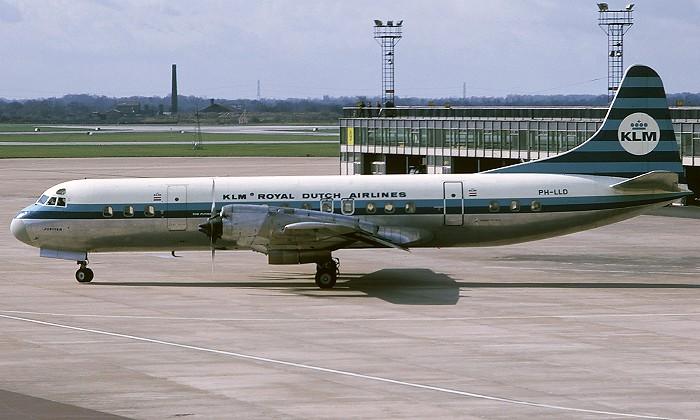
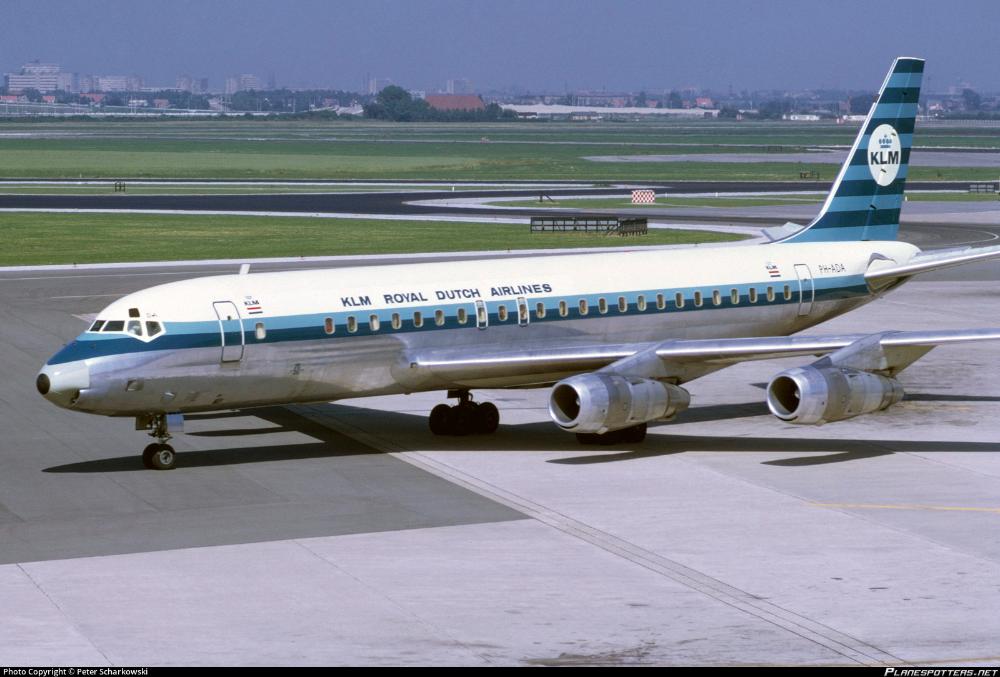
The new terminal buildings at Amsterdam Airport Schiphol opened in April 1967, and in 1968 the stretched Douglas DC-8-63 entered service. With 244 seats, it was the largest airliner at the time. KLM was the first airline to put the higher-gross-weight Boeing 747-200B into service in February 1971, this began the airline's use of widebody jets.
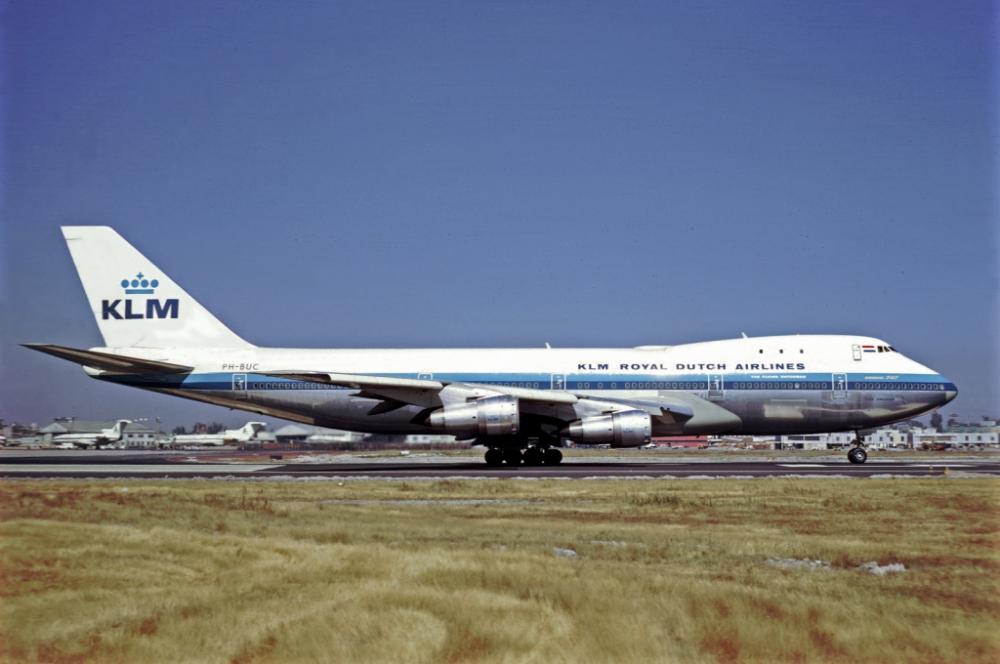
In 1972, it purchased the first of several McDonnell Douglas DC-10 aircraft. In 1973, Sergio Orlandini was appointed to succeed Gerrit van der Wal as president of KLM. At the time, KLM, as well as other airlines, had to deal with overcapacity. Orlandini proposed to convert KLM 747s to "combis" that could carry a combination of passengers and freight in a mixed configuration. In November 1975, the first of these Boeing 747-200B Combi aircraft were added to the KLM fleet. The oil crisis of 1973, which caused difficult economic conditions, led KLM to seek government assistance in arranging debt refinancing. The airline issued additional shares of stock to the government in return for its money. In the late 1970s, the government's stake had again increased to a majority of 78%, re-nationalizing it. The company management remained under the control of private stakeholders.
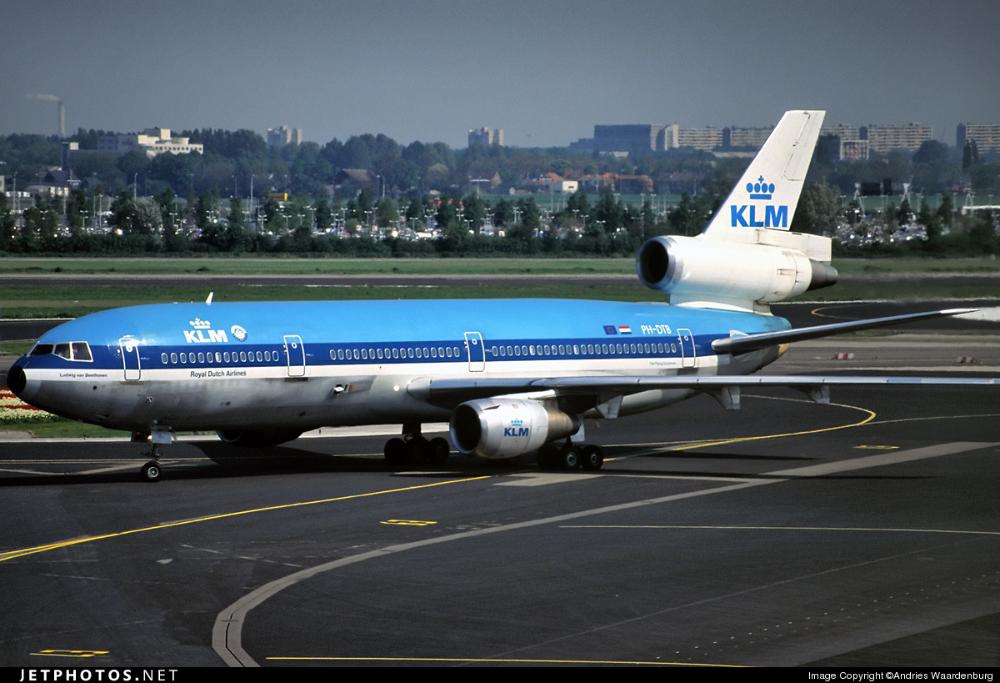
In 1983, it reached an agreement with Boeing to convert ten of its Boeing 747-200 aircraft to stretched-upper-deck configuration. The converted aircraft were called Boeing 747-200SUD or 747-300, which the airline operated in addition to three newly build Boeing 747-300s. In 1983, KLM took delivery of the first of ten Airbus A310 passenger jets. Sergio Orlandini retired in 1987 and was succeeded as president of KLM by Jan de Soet.
In 1986, the Dutch government's shareholding in KLM was reduced to 54.8 percent. It also replaced its short haul fleet with the arrival of Boeing 737-300 aircraft and later B737-400 in 1989. For long haul routes, the Boeing 747-400 was introduced in June 1989.
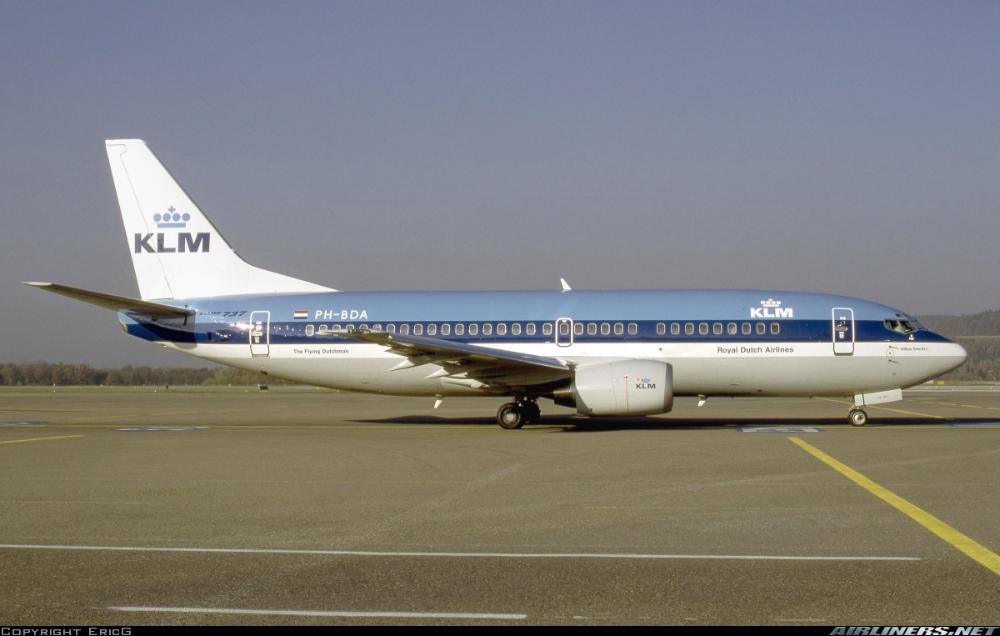
.jpg)
With the liberalization of the European market, KLM started developing its hub at Amsterdam Airport Schiphol by feeding its network with traffic from affiliated airlines. In December 1991, KLM was the first European airline to introduce a frequent flyer loyalty program, which was called Flying Dutchman.
KLM City Hopper, the regional franchise of KLM, was established on 1 April 1991 and started operations the same year. It was formed from the merger of NLM CityHopper and Netherlines. KLM Cityhopper had Europe's largest fleet composition of all Fokker-built aircraft: the Fokker 50, 70 and 100.
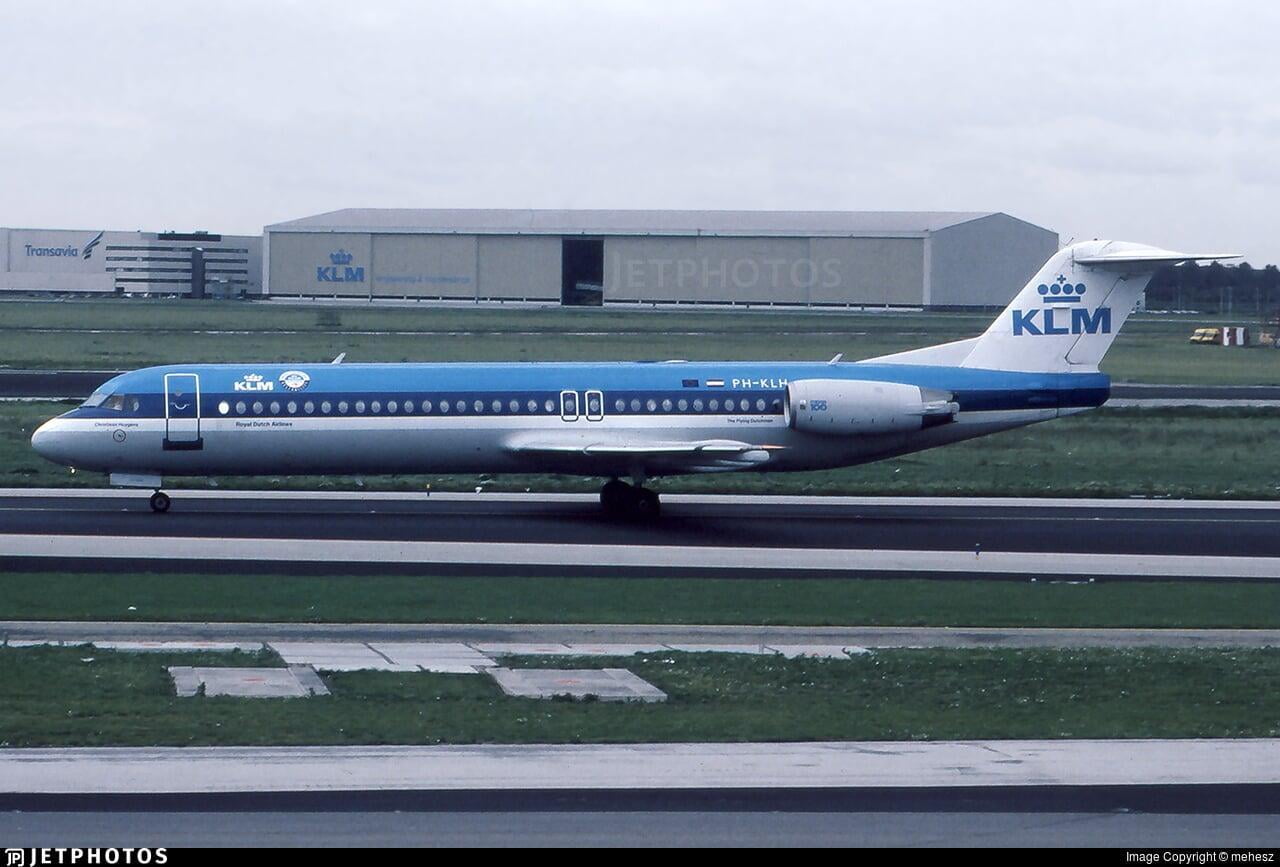
In January 1993, the United States Department of Transportation granted KLM and Northwest Airlines anti-trust immunity, which allowed them to intensify their partnership. The same year KLM also received its MD-11 for long haul operations. KLM introduced the Boeing 767-300ER in July 1995.
In January 1996, KLM acquired a 26% share in Kenya Airways, the flag-carrier airline of Kenya. In August 1998, KLM repurchased all regular shares from the Dutch government to make KLM a private company. In 1999 the first next generation Boeing 737-800 arrived into the fleet for European and short haul routes.
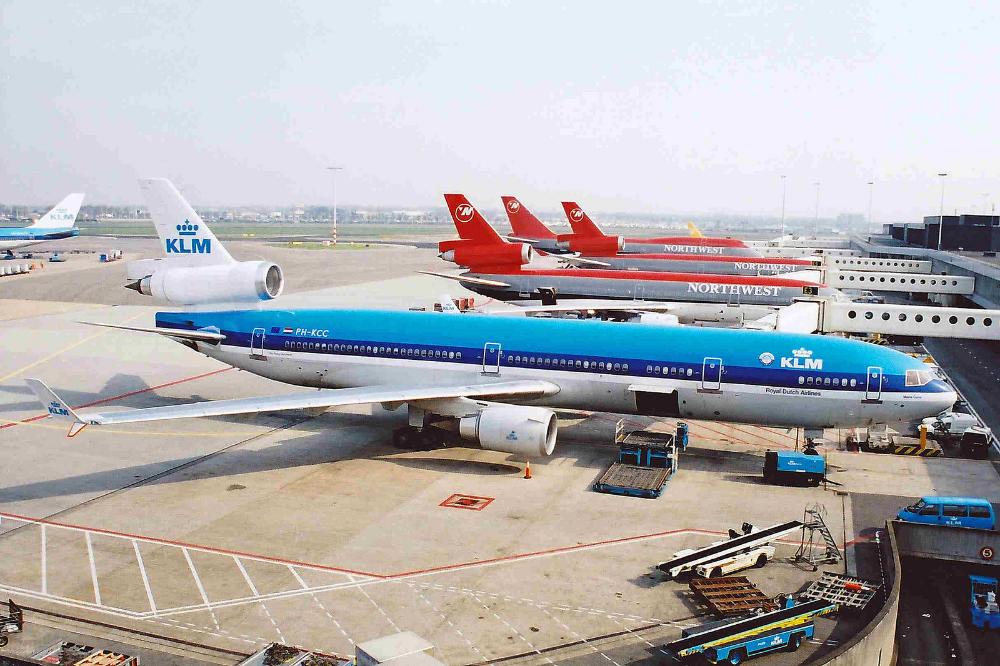
.jpg)
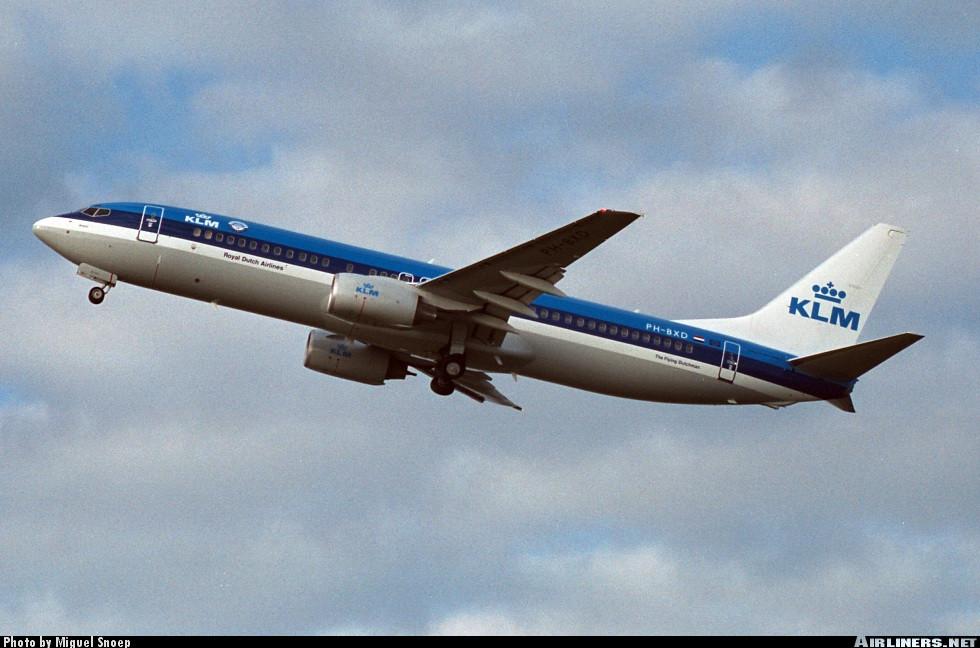
KLM renewed its intercontinental fleets by replacing the Boeing 767s, Boeing 747-300s, and eventually the McDonnell Douglas MD-11, with Boeing 777- 200ERs and Airbus A330-200s. The MD-11s remained in service until October 2014. On 30 September 2003, Air France and KLM agreed to a merger plan in which Air France and KLM would become subsidiaries of a holding company called Air France– KLM. Both airlines would retain their own brands, and both Charles de Gaulle Airport in Paris and Amsterdam Airport Schiphol would become key hubs. In September 2004, the merger was completed by creation of the Air France–KLM holding company. KLM's long standing joint venture with Northwest Airlines, which merged with Delta Air Lines in 2008, was unaffected by the merger with Air France. As both airlines KLM and Northwest joined the SkyTeam alliance in September 2004.
KLM's first Boeing 777-200R landed at Schiphol in October 2003. The aircraft provided services to Cape Town, Nairobi, and New York. Two years later the first Airbus A330-200 was introduced on 25 August 2005.
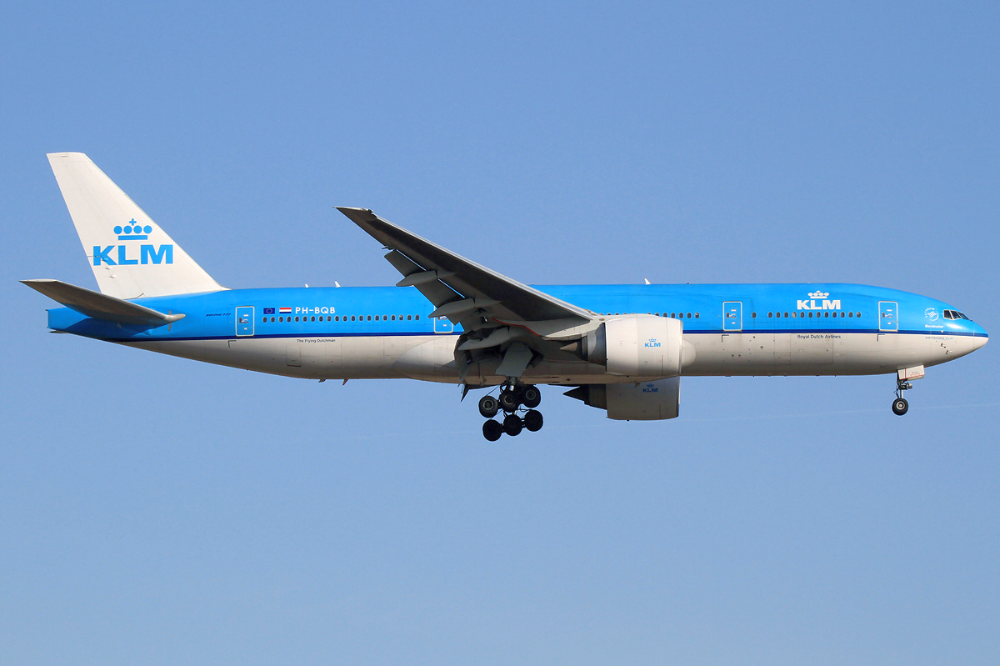
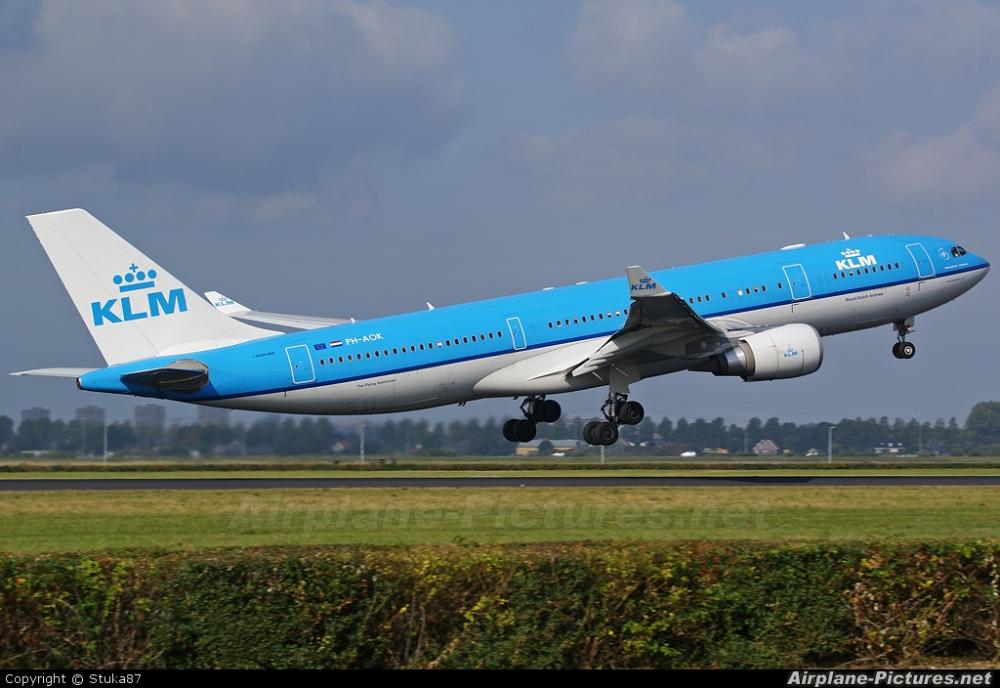
In March 2007, KLM started to use the Amadeus reservation system, along with partner Kenya Airways. In 2008 the airline announced its fleet renewal programme for its regional subsidiary KLM City Hopper, starting with an order of up to 17 Embraer 190-100 aircraft to replace its ageing and inefficient Fokker 50 aircraft and older Fokker 100 jets. The first Embraer jets E190 arrived one year later in 2009. In 2008 the airline also received its first Boeing 777-300ER for long haul operations.
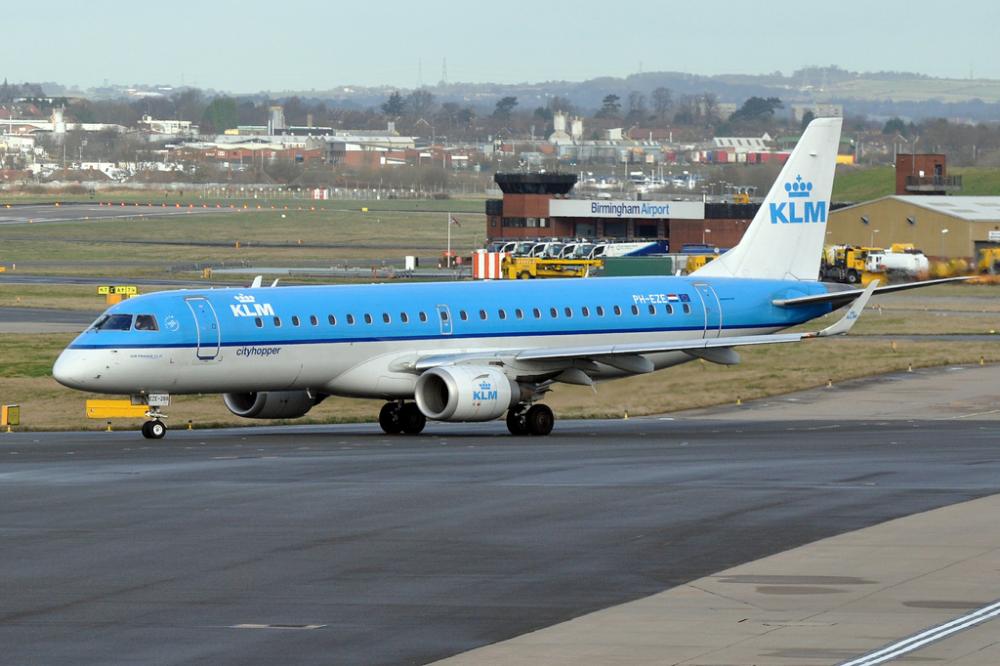
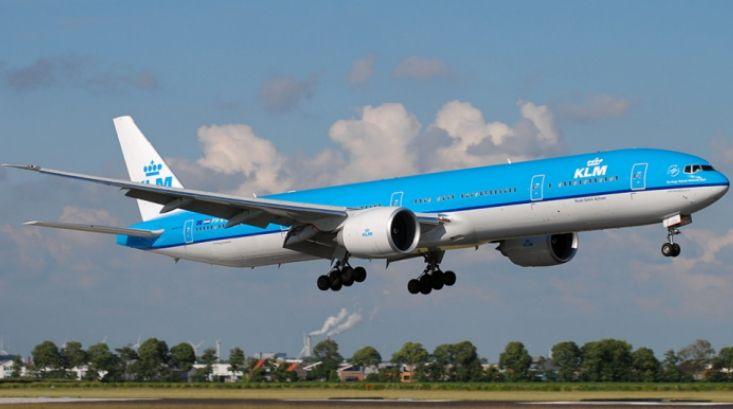
Beginning in September 2010, KLM integrated the passenger division of Martinair into KLM, transferring all personnel and routes. By November 2011, Martinair consisted of only the cargo and maintenance division. On 19 June 2012, KLM made the first transatlantic flight fuelled partly by sustainable biofuels to Rio de Janeiro. This was the longest distance any aircraft had flown on biofuels at the time.
On the 14 November 2015, KLM welcomed its first Boeing 787-9 Dreamliner. In 2019, KLM celebrated its centennial, as it was founded in 1919. Since it is the oldest airline still operating under its original name, it was the first airline to achieve this feat.
KLM received its first Boeing 787-10 of the stretched Dreamliner version in the Summer of 2019. This new aircraft was deployed from 2 July on KLM services to Kilimanjaro and Dar es Salaam. KLM ordered 15 Boeing 787-10s in its fleet by 2022.
Today KLM, together with Air France and it's SkyTeam partners offer an extensive route network to over 145 destinations worldwide. It's one of the longest living airlines offering an excellent on-board product, great service and an easy access from its main hub at Amsterdam to reach the city. The fleet is being modernised and upgraded in the last years with the introduction of the new Boeing 787-9 with the latest advancements in technology, comfort and connectivity.
History source: Wikipedia.org + KLM.com
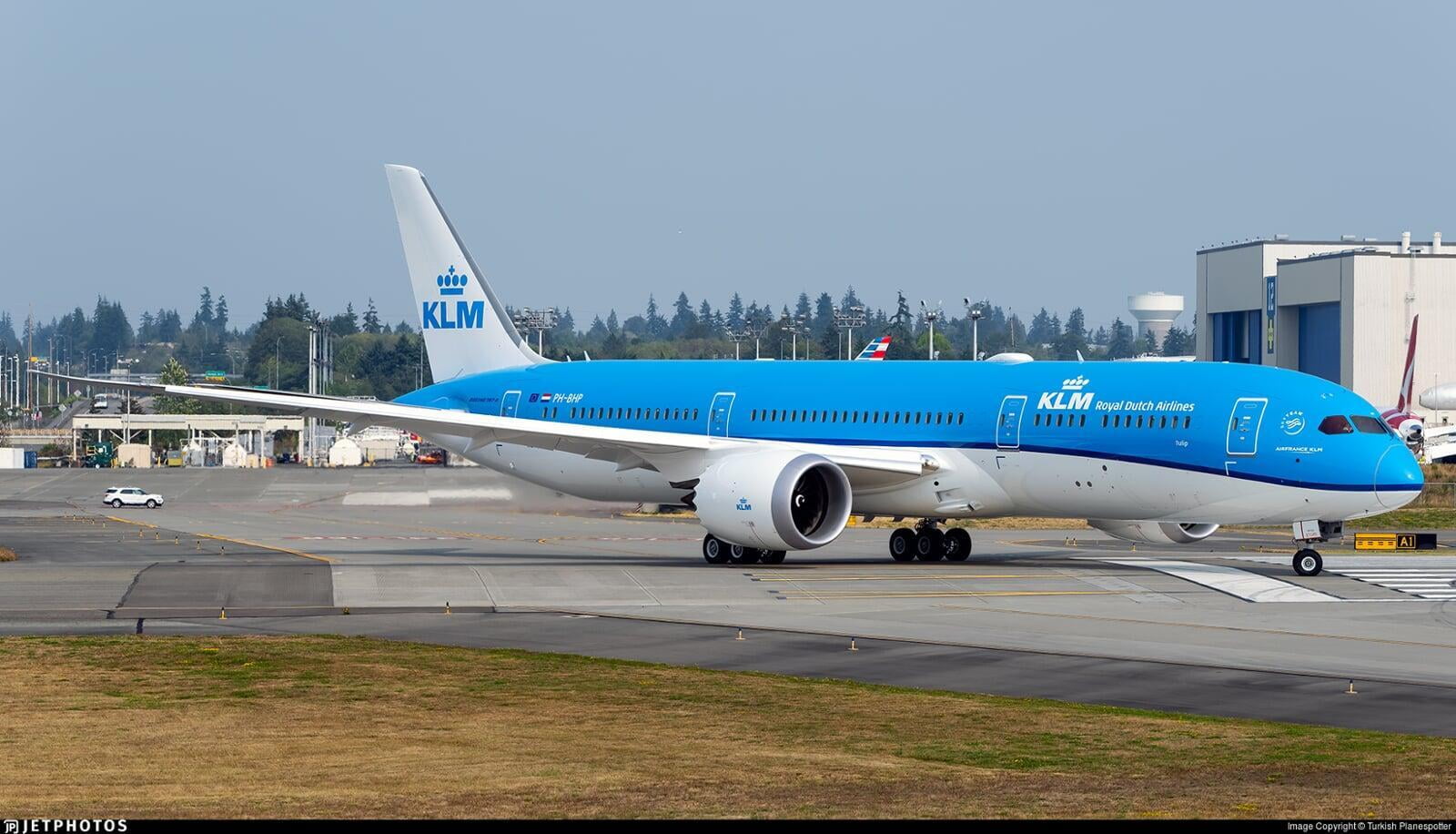
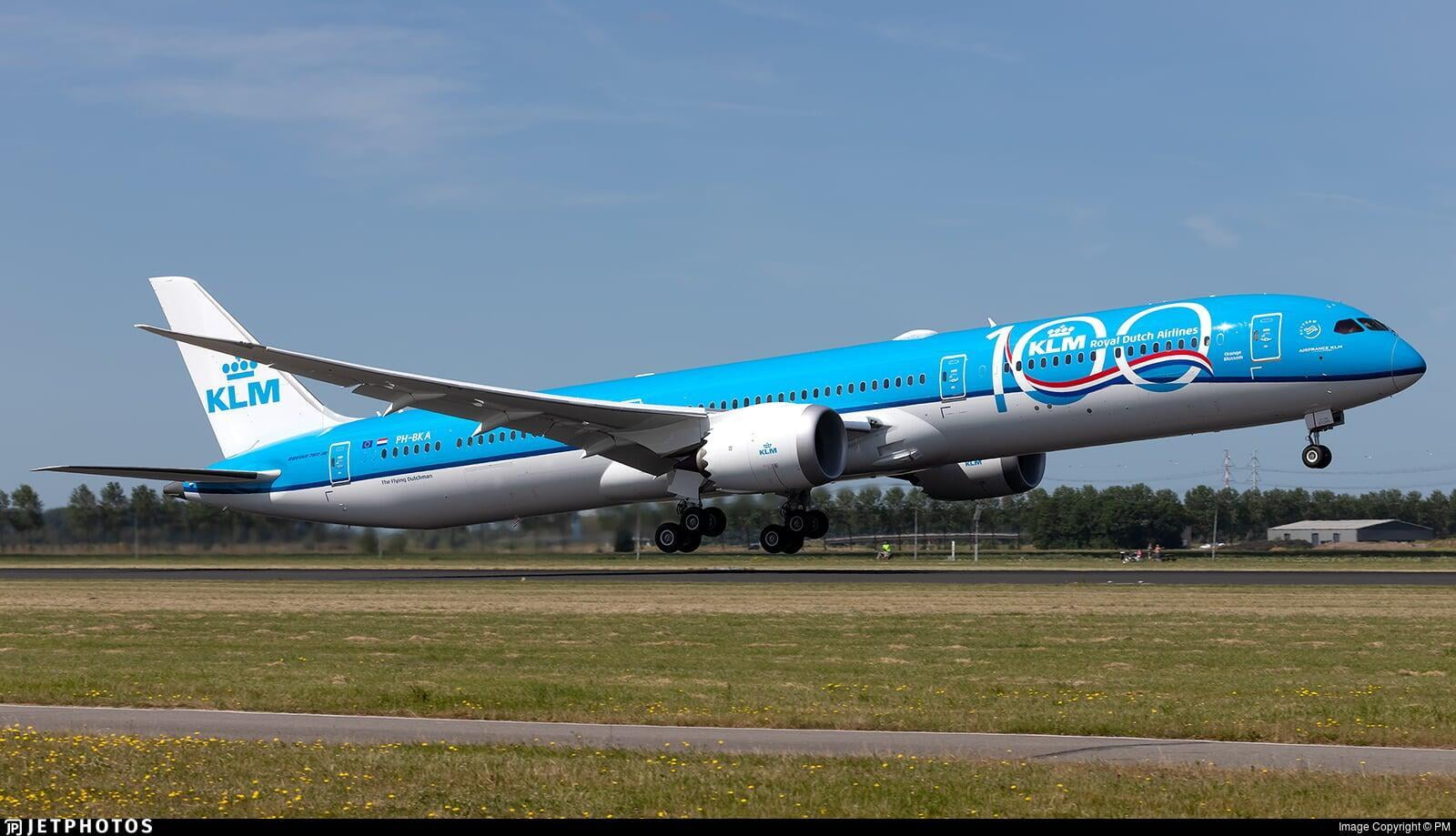
Operations and Destinations 🌍:
KLM and its partners serve 163 destinations in 76 countries on five continents from the main hub at Amsterdam Schiphol Airport, where KLM centrals all its flights and connections from one terminal. At present it does not operate to domestic destinations, since rail travel is quicker and more frequent . However its subsidiary airline Transavia, a low cost airline, operates from both Eindhoven and Rotterdam.
KLM and Air France have a strategic connection and destination routing, the same as Amsterdam Schiphol Airport has a close relation to Paris Charles de Gaulle Airport. The networks and hubs are closely aligned. This so-called dual-hub system is beneficial for AIR FRANCE-KLM as a whole, it means connections and flights can be operating from either hub which ultimately gives more choice for the passenger and makes both airlines more flexible and able to coordinate better whenever there might be flight disruptions.
It’s also worth noting that with its franchise airline, KLM City Hopper flies to smaller airports bringing feeder flights from regional airports across Europe to Amsterdam. In Asia it also has a big presence with the creation of the KLM Asia brand, where it flies to most Asian routes.
KLM flies direct to the following destinations* including those served by KLM City Hopper and KLM Asia:
| Region 🗺️ | Destinations 🌍🌎🌏 |
|---|---|
| ✈ The Netherlands | Amsterdam |
| ✈Europe and Russia | Aalborg, Aberdeen, Ålesund, Alicante, Athens, Barcelona, Basel, Belfast, Bergen, Berlin, Bilbao, Billund, Birmingham, Bologna, Bordeaux, Bremen, Bristol, Brussels, Bucharest, Budapest, Cagliari, Cardiff, Catania, Copenhagen, Dresden, Dublin, Durham, Düsseldorf, Edinburgh, Florence, Frankfurt, Freiburg, Gdańsk, Geneva, Glasgow, Gothenburg, Graz, Hamburg, Hanover, Helsinki, Ibiza, Istanbul, Kiev, Kingston upon Hull, Krakow, Kristiansand, Leeds/Bradford, Linköping, Lisbon, London (LHR, LCY), Luxembourg City, Lyon, Madrid, Málaga, Manchester, Marseille, Milan, Montpellier, Moscow, Mulhouse, Munich, Newcastle upon Tyne, Nice, Norwich, Nuremberg, Oslo, Paris, Porto, Prague, Rome, Saint Petersburg, Sandefjord, Southampton, Split, Stavanger, Stockholm, Stuttgart, Toulouse, Trondheim, Turin, Valencia, Venice, Vienna, Warsaw, Zagreb, Zurich |
| ✈The Middle East | Abu Dhabi, Dammam, Dubai, Kuwait City, Manama, Muscat, Tel Aviv |
| ✈North and Central America | Atlanta, Boston, Calgary, Chicago, Edmonton, Havana, Houston, Las Vegas, Los Angeles, Mexico City, Miami, Minneapolis–Saint Paul, Montreal, New York City, Panama City, Philipsburg, Salt Lake City, San Francisco, Toronto, Vancouver, Washington, D.C., Willemstad |
| ✈South America | Bogotá, Buenos Aires, Cartagena, Fortaleza, Guayaquil, Lima, Oranjestad, Paramaribo, Quito, Rio de Janeiro, San José, Santiago, São Paulo |
| ✈Asia | Bangkok, Beijing, Chengdu, Colombo, Delhi, Denpasar, Hangzhou, Hong Kong, Jakarta, Kuala Lumpur, Manila, Mumbai, Osaka, Seoul, Shanghai, Singapore, Taipei, Tokyo, Xiamen |
| ✈Africa | Accra, Cape Town, Dar es Salaam, Entebbe, Johannesburg, Kigali, Kilimanjaro, Lagos, Luanda, Nairobi, Port Louis, Windhoek |
*Destination list is for reference only. Please check directly with the airline for updates.
*Note some destinations are only seasonal.*Correct info as of Jan 2020.
Fleet ✈️:
KLM has one of the largest fleets in Europe. Together with it's franchise airlines it operates over 120 aircraft with new deliveries from both Boeing and Airbus arriving in the following years up to 2023. KLM was the last European airline operating the MD-11 for passenger services up to 2014, which were replaced by Airbus A330 and Boeing 777.
The airline now has a reliable, modern and efficient fleet of aircraft, from the smaller Embraer E175 right up to the big Boeing 777-300ER for ultra long haul routes.
The fleet* of KLM consists of the following aircraft, including those flown by KLM City Hopper and KLM Asia:
| Network 🌐 | Aircraft ✈️ |
|---|---|
| ✈Short haul and Regional | Embraer E175, E190 (operated by KLM City Hopper). Boeing 737-700/800/900 |
| ✈Medium haul | Boeing 737-800/900, B777-200. Airbus A330-300 |
| ✈Long Haul | Airbus A330-200. Boeing 747-400, Boeing 777-200, B777-300ER, B787-9/10 |
*Correct fleet info as of Jan 2020.
KLM Photo Slide 📷:
KLM Safety Video (A330) 🎬:
Reviews ⭐:
 |  |
|---|---|
| ✅Member of the Skyteam Alliance for Mileage redemption | 👎European routes don't include baggage (Economy ticket) |
| ✅Good European network | |
| ✅Comfortable Aircraft and decent leg space | |
| ✅ Free online check-in for seat selection | |
| ✅ Free food and drinks on board (all flights/classes) | |
| ✅Friendly and good service crew, both on the ground and in the air | |
| ✅Convenient and easy connections at Amsterdam Airport. |

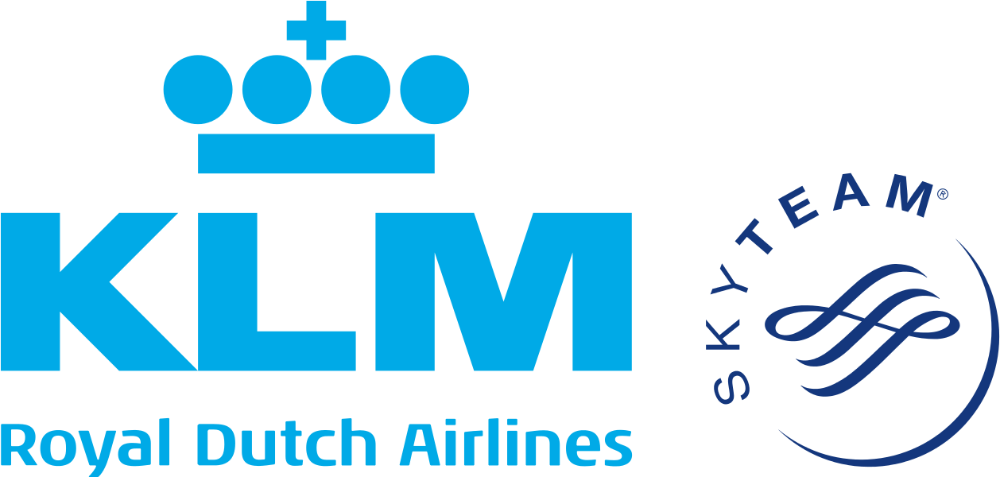









.png)